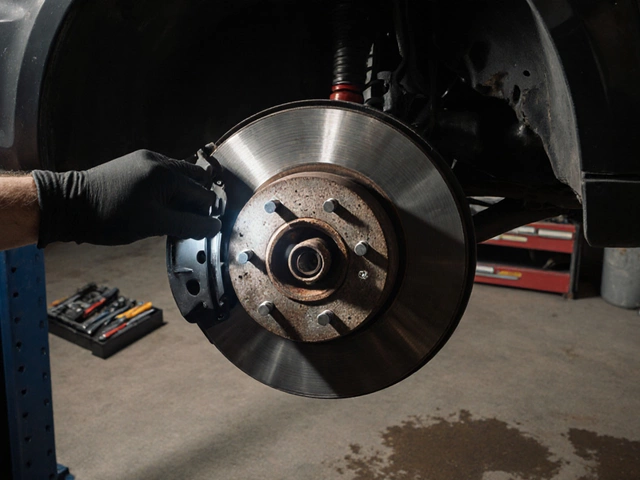Oil Change Symptoms
When dealing with oil change symptoms, the visible or audible signs that your engine oil is no longer doing its job properly. Also known as oil warning signs, they tell you when the lubricating film has thinned, when contaminants are building up, or when the oil has lost its viscosity. Oil change symptoms include noisy engine ticks, bluish smoke from the exhaust, a drop in fuel economy, and a glowing warning light on the dashboard. These clues form a chain reaction: oil change symptoms indicate engine oil deterioration, engine oil deterioration influences component wear, and component wear can trigger costly repairs. Ignoring them often means an overdue oil change, which directly raises the risk of engine seizure.
Key Factors Behind the Symptoms
One of the biggest drivers behind these alerts is engine oil deterioration, the loss of lubricating ability caused by heat, oxidation, and particle buildup. As the oil breaks down, it can’t protect moving parts, and the engine starts to make ticking noises or overheat. Another crucial element is the oil change interval, the manufacturer‑recommended mileage or time span between oil replacements. Sticking to the proper interval helps keep oil fresh and prevents the chain of symptoms from forming. When you skip or delay this service, you create an overdue oil change, a situation where the oil has exceeded its safe usage period, which accelerates wear and can trigger warning lights. Finally, the choice between synthetic oil, a high‑performance lubricant designed to resist breakdown longer than conventional oil and regular mineral oil shapes how quickly symptoms appear; synthetic oils often extend the safe interval, but they still need to be changed on schedule. Understanding how these entities interact—engine oil deterioration requires timely oil changes, oil change interval mitigates deterioration, and synthetic oil can delay but not eliminate symptoms—gives you a clear roadmap to keep your car running smoothly.
Below you’ll find a collection of practical articles that break down each warning sign, explain why they happen, and show you exactly what steps to take. From spotting a ticking engine to testing oil quality, the posts cover everything you need to diagnose and fix oil‑related issues before they turn into expensive repairs. Use this guide as a quick reference whenever you hear an odd noise or see a warning light—your engine will thank you.
 23 October 2025
23 October 2025
Engine Oil Change Neglect: Key Symptoms Your Car Shows
Learn the warning signs of overdue oil changes, from early dashboard alerts to severe engine damage, and discover how to protect your car and avoid costly repairs.
Latest Posts
-

How to Spot Bad Suspension Shocks: Warning Signs and Solutions for Your Car
-

Car Radiators: What They Are and Why You Can’t Ignore Them
-

Is It Safe to Change Only Rear Brake Pads? Expert Tips for Car Owners
-

Spark Plug Life Expectancy: How Long Do They Really Last?
-

Can You Replace Just One Set of Brake Pads? Here's What Mechanics Really Say

0